<meta name="p:domain_verify" content="a18b2c1f8e33804ac933d39eaa644b90"/>
Search Options Trading Mastery:
- Home
- Advanced Strategies
- Options Arbitrage
Options Arbitrage
Taking Advantage of Options Arbitrage Opportunities
Options arbitrage strategies take advantage of disparities that occur between put and call option prices, or between classes of options relative to each other. When this happens, an important options pricing principle known as put-call parity is contravened.
Subject to the forces of supply and demand, one type of option may be overpriced while the other, underpriced. When this disparity occurs, you can buy one while simultaneously selling the other, thus creating an arbitrage based position.
Let's explain with an example:
When you buy a call option contract, you acquire the right to purchase the underlying asset at an agreed strike price, up on an agreed expiration date.
When you sell a put option contract, you give the market the right to put the underlying asset to you, for an agreed strike price, up to an agreed expiration date.
Putting the underlying asset to you is the same thing as purchasing it. So selling put options and buying call options creates effectively the exact same deal.
However, when you sell the put options you receive a credit. When you buy the call options you incur a debit to your brokerage account.
So if the put options for a particular asset are overpriced while the call options are underpriced at any given time, these two transactions when combined will provide a net credit to your account.
Since the rights or obligations incurred or acquired (as the case may be) are exactly the same, then whatever happens from now until options expiration date, you can't lose.
One position covers the other.
You have received a net credit to your account.
Game over!
You have just siezed an options arbitrage opportunity! At options expiration date, if the put options are in-the-money, the market put the shares to you at the same strike price that you also have the right to buy them for. It doesn't matter where the current market price is at the time. You're covered.
If the put options are out-of-the-money, nothing will happen. You just let everything expire and move on. Your original credit, less brokerage, is your profit.
However, you may not have to wait until options expiration, because if put-call parity is restored before then, you can exit your positions for a profit.
You could've also done the exact same thing in reverse - selling call options and buying put options. You just have to remember to buy one type of contract before selling the other.
Your broker is unlikely to allow you to start with a naked options position unless you have plenty of capital to cover it.
Options Arbitrage - Knowing How Options are Priced
Options prices are theoretically calculated using one or more pricing models, such as Black Scholes, American Binomial or Bjerksund-Stensland. These models take into account the current market price of the underlying asset relative to the option strike price, time to options expiration and the probability that by that time, the options will be in-the-money.
When both call and put options prices are fairly priced according to these pricing models, you have put-call parity.
However, since the options market is a self contained market, it is also subject to the forces of supply and demand. This creates options arbitrage opportunities for you. When there is a spike in demand for put options, prices can become inflated.
As far as option pricing models go, this additional factor is known as implied volatility (IV). the IV is expressed as a percentage and can be readily obtained from any reputatable options broker.
If the disparity between the IV for the call and put options for a given security at the same strike price and expiration date, is greater than 10 percent, you may be onto an options arbitrage opportunity.
Other Examples of Options Arbitrage
Calendar Option Arbitrage
A calendar arbitrage involves the buying and selling of options with the same underlying options, strike, and type (call or put), but different months where the nearer month is sold for more than the further month is bought.
Strike Option Arbitrage
A strike arbitrage involves buying and selling the same underlying options, month, and type (call or put) but different strikes where the strike difference is less than the premium difference. When this occurs, a risk less trade can be formed.
Intra-market Arbitrage
A intra-market arbitrage invoices buying and selling the same underlying options, month, strike, and type (call or put) but on different exchanges where pricing disparity may occur.
Conversion
A conversion consists of buying a put, selling a call, and buying the underlying. The put and call are the same underlying option, strike, and month. There is also a "short conversion" which is the opposite of this: Sell Put + Buy Call + Sell Underlying = Short Conversion.
Box Conversion
A box conversion is Buy Call (strike1) + Sell put (strike1) + Buy Put (strike2) + Sell Call (strike2). Essentially a box is two conversions without the underlying.
****************** ******************
Return to Option Trading Strategies Main Page
or Go To Options Trading Home Page




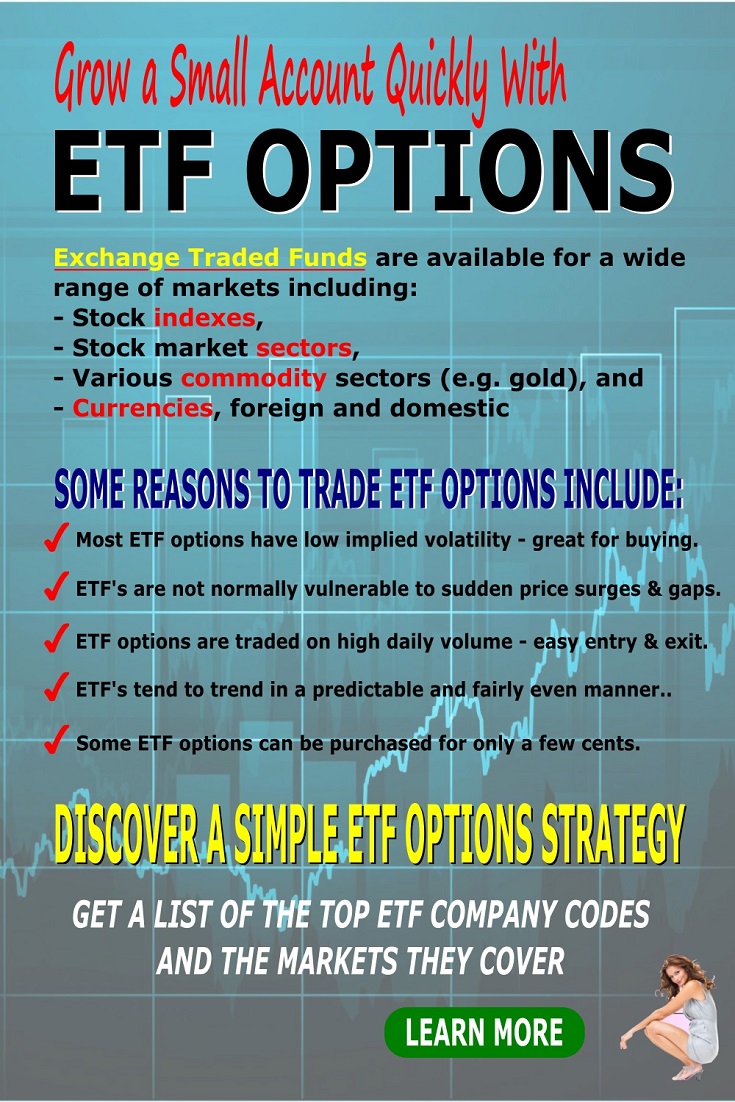
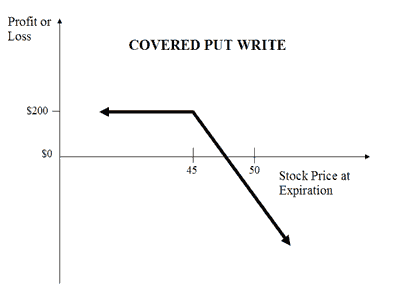
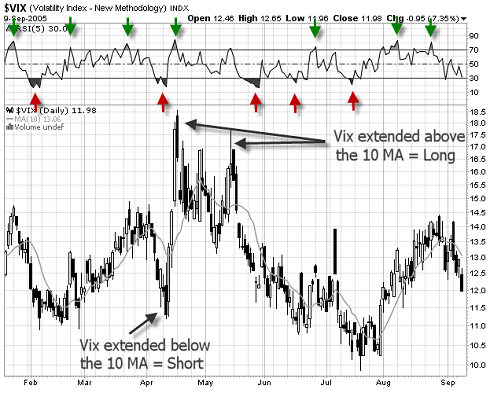
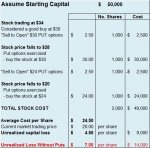
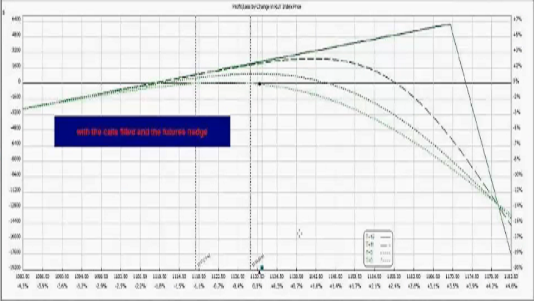

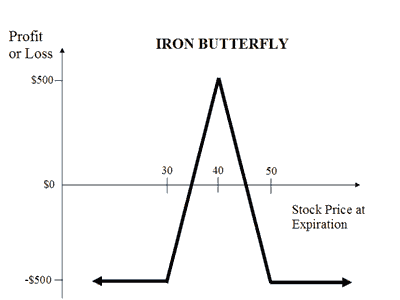



New! Comments
Have your say about what you just read! Leave me a comment in the box below.